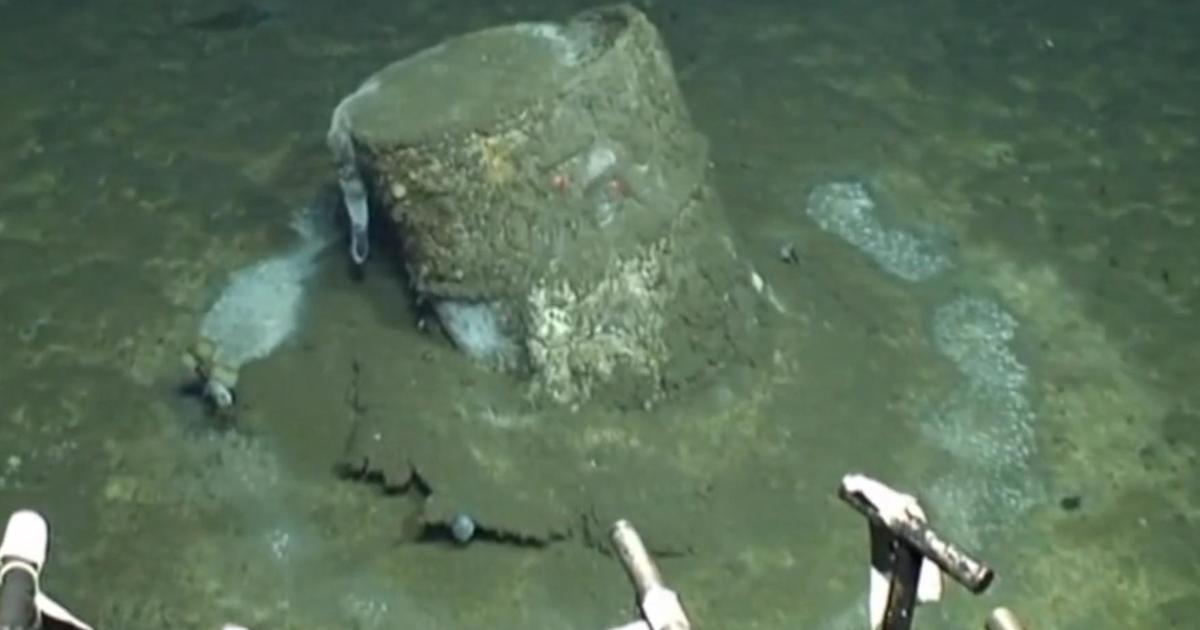
How a shocking environmental disaster was uncovered off the California coast after 70 years
CBSN
Just 10 miles off the coast of Los Angeles lurks an environmental disaster over 70 years in the making, which few have ever heard about. That is, until now, thanks to the research of a University of California marine scientist named David Valentine.
Working with little more than rumors and a hunch, curiosity guided him 3,000 feet below the ocean's surface. A few hours of research time and an autonomous robotic submersible unearthed what had been hidden since the 1940s: countless barrels of toxic waste, laced with DDT, littering the ocean floor in between Long Beach and Catalina Island. The fact that his underwater camera spotted dozens of decaying barrels immediately in what is otherwise a barren, desert-like sea floor, Valentine says, is evidence that the number of barrels is likely immense. Although the exact number is still unknown, a historical account estimates it may be as many as a half a million.More Related News
